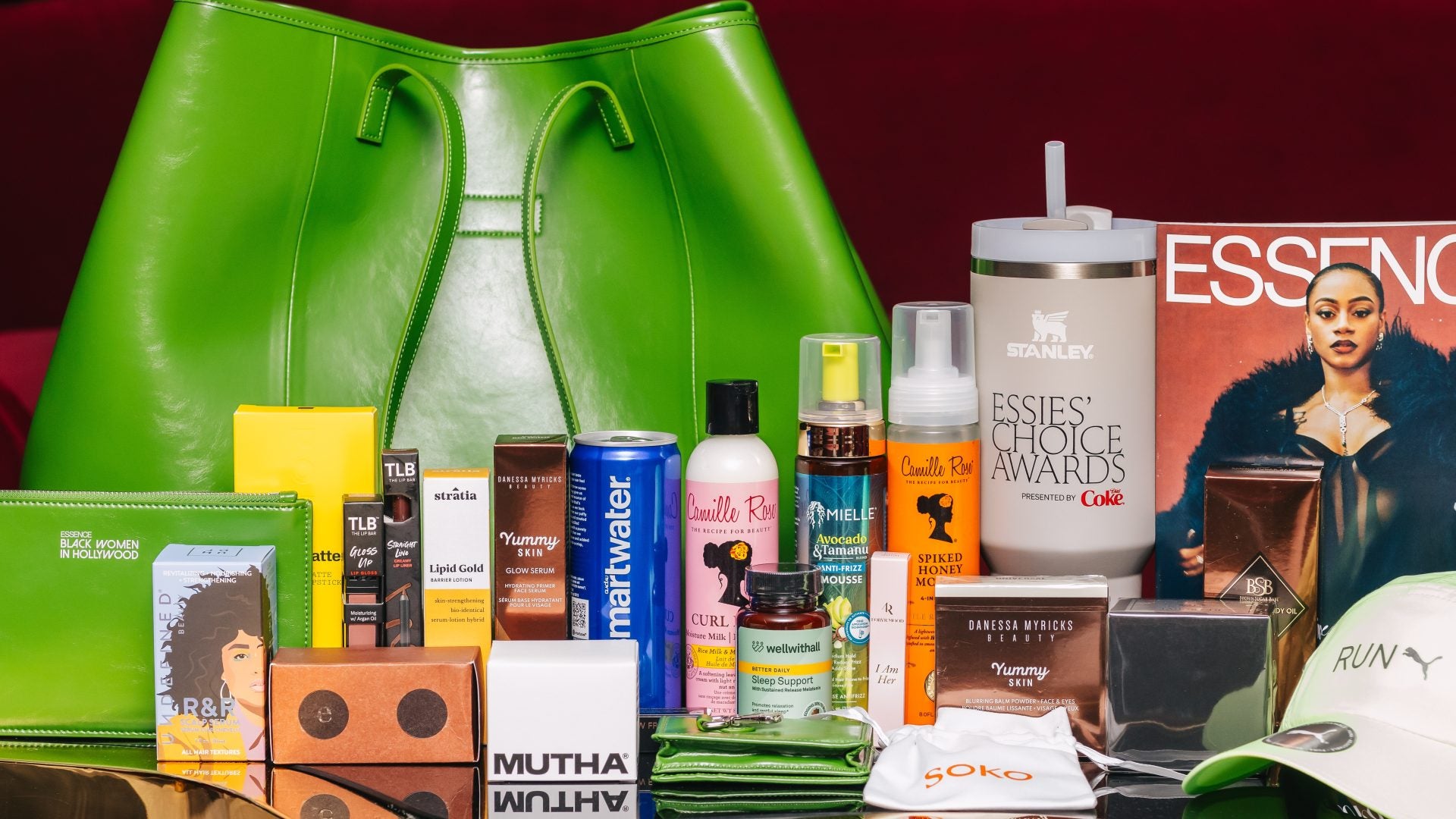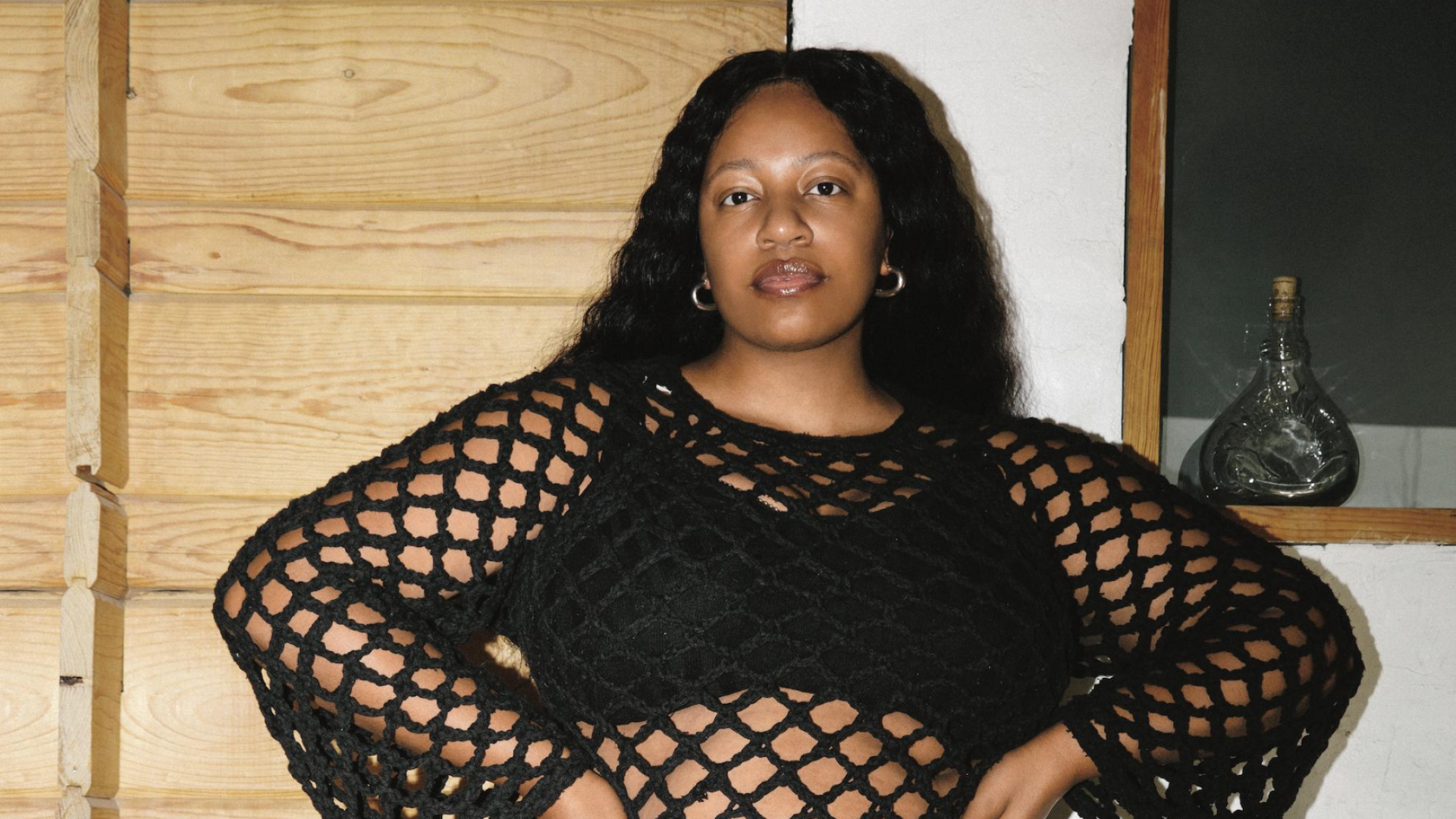
As the clock ticks past 9 a.m., the autumn sun casts a warm glow on designer Nia Thomas. Even on Zoom, her eyes gleam with an infectious excitement that permeates the chilly morning. Seated in her parent’s living room in the heart of Deer Park, New York, where she was raised, Thomas reflects on the experiences that have brought her here. At 28 years old, she’s the driving force behind her own luxury knitwear brand. As she describes it, she’s been on a journey infused with creativity, resilience and a commitment to sustainability.
As a child, Thomas attended a Montessori school, which she credits with kick-starting her creative inclinations. “My parents knew from a really early age that I was a very artistic child,” she says. During that formative stage of her education, she recalls loving arts and crafts and spending time in the fresh air with her classmate Nirvana, a young Indian girl.” I remember a lot of adventures as we played outside,” she says. The two were inseparable; they were also the only students of color at their school.
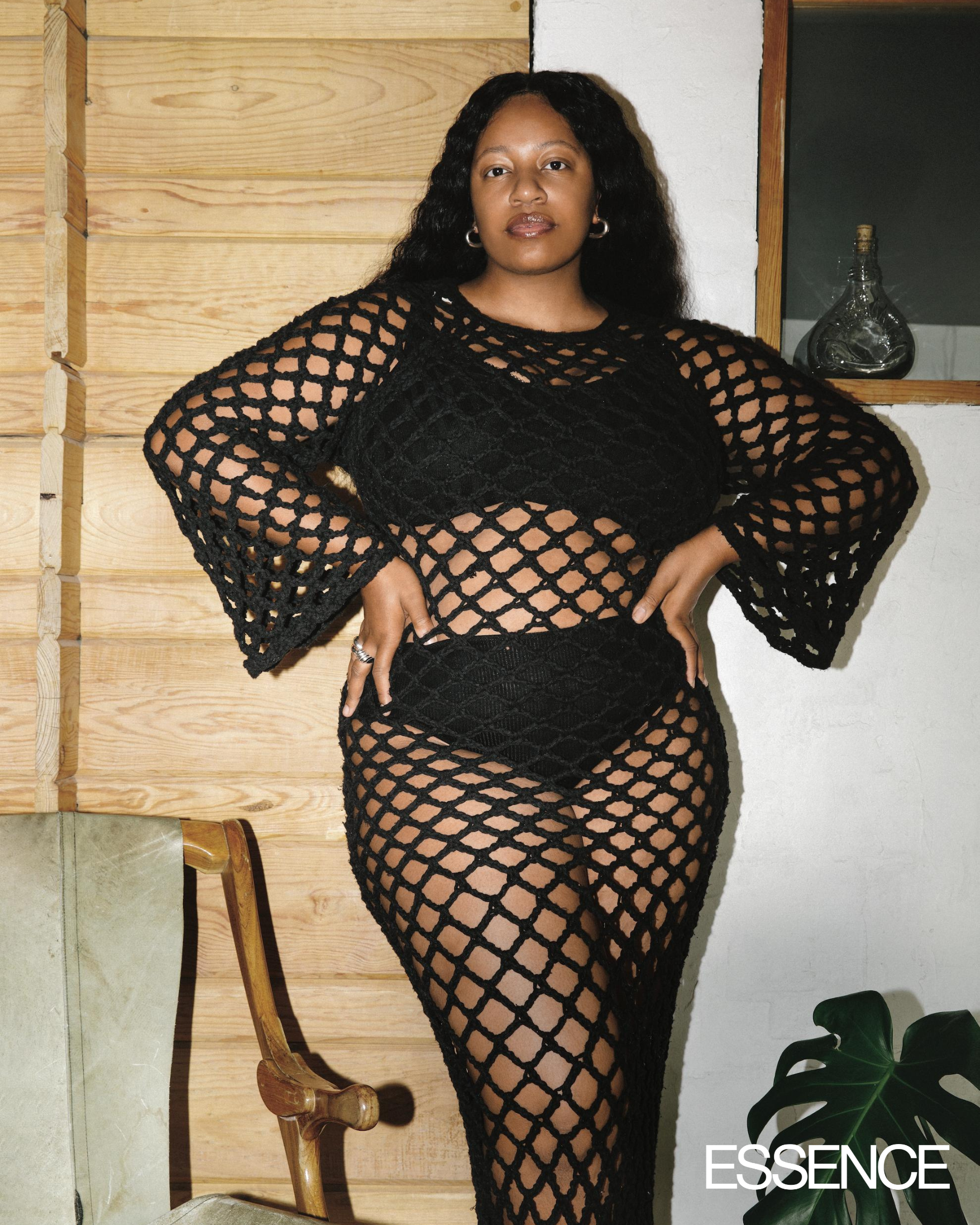
Thomas was raised alongside her older sister Ayanna, by parents who ensured their daughters were exposed to many different activities. Her childhood was a kaleidoscope of exploration, from gymnastics to roller skating to playing the piano. “When they say kids show you who they are from a very early age—we could all see it, because I was willing to try anything,” she recalls. Drawing and painting were pastimes she especially enjoyed, such that trips to Home Depot with her parents, who were aiming for home improvements, became impromptu art excursions for Thomas. “I just wanted to get my hands dirty all the time,” she says, remembering how paint samples from such trips were repurposed to adorn her bedroom walls.
Artistic inspiration threads itself through the family’s history. Thomas’s late maternal grandmother, a living testament to ’40s, ’50s and ’60s elegance, left an indelible mark on the designer’s fashion sensibility. Thomas mentions that her grandmother never left the house without lipstick on, and recalls her pantyhose had a stylish seam in the back. “My mom was really close to my grandmother, so there are photos of her all over the house,” she says. “I really admired her individuality and how she expressed herself through [her] clothes.” Another influence was her Aunt Eileen, a seamstress who kindled Thomas’s love of design. “She taught me how to sew,” she says, painting a vivid picture of sewing sessions with her aunt accompanied by classic films featuring fashion icons like Doris Day, Dorothy Dandridge and Grace Kelly.
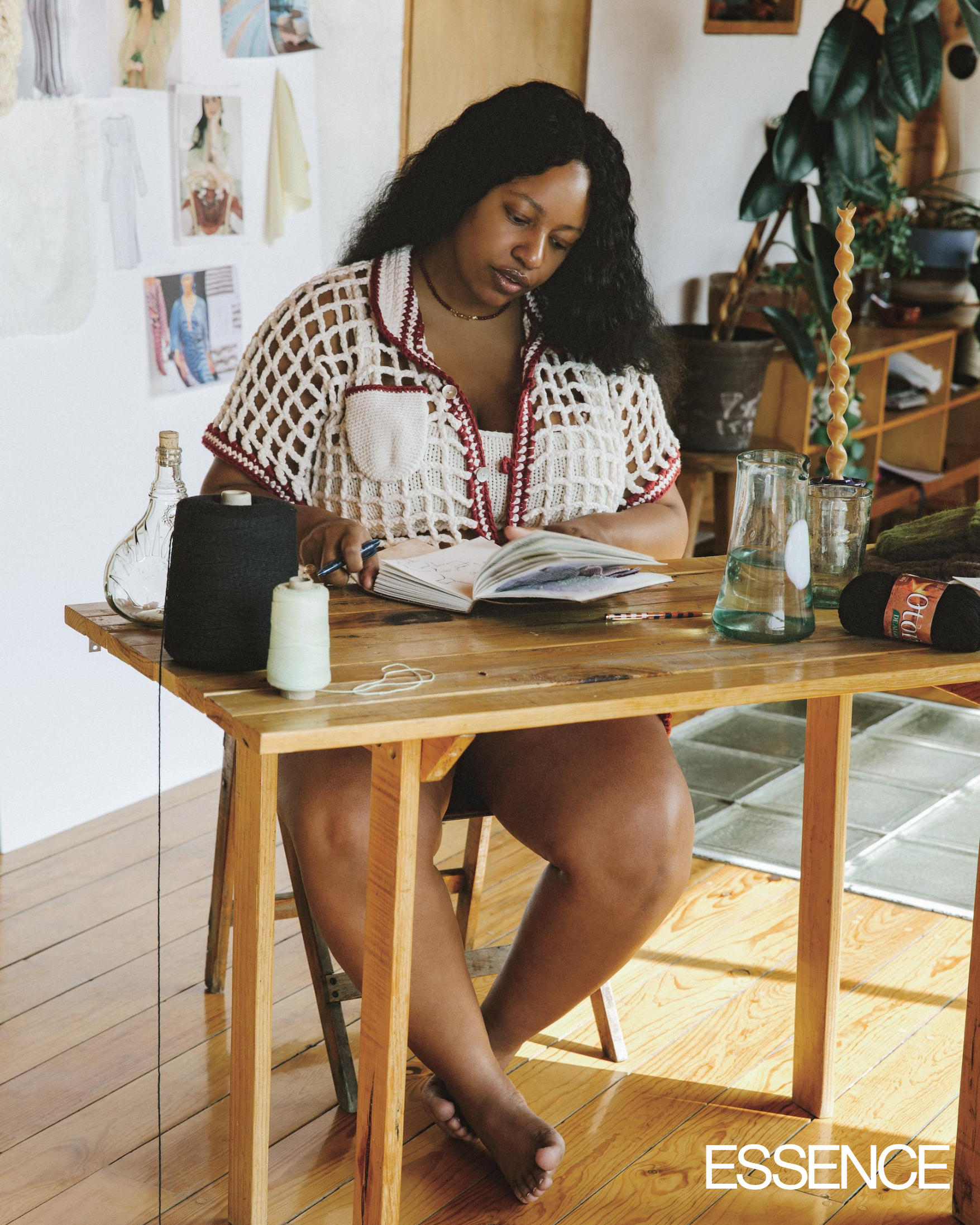
Time spent in her aunt’s alteration shop, coupled with Thomas’s own passion for sketching and designing outfits, paved the way for an array of art classes during middle school. Upon entering Deer Park High School as a freshman, she enrolled in an introductory fashion design class that injected her with energy and excitement about the field. It was in this course that she met Ms. Murphy, an instructor who became an enduring mentor and source of encouragement.
Under Ms. Murphy’s guidance, Thomas began developing a portfolio for the Fashion Institute of Technology (FIT). Despite resistance from her parents, Thomas was determined to pursue a career in fashion, and her drive led her to attend a summer program at FIT during her high school years. She picked up a job at Wendy’s, to help offset the cost of commuting back and forth from Manhattan. FIT was an immersive launching pad for Thomas. “Being able to go into those classes, and really expand my breadth of knowledge from a technical standpoint and a cultural standpoint, was amazing,” she says. The competitive yet nurturing environment, along with invaluable internships at Tracy Reese and Rodarte laid the foundation for her future.
Navigating the complexities of FIT, Thomas found herself at a crossroads during her fifth semester. Her desire to specialize in knitwear, her true passion, clashed with the program’s limitations. She was told that her grades didn’t meet the requirements for this specialization. Thomas felt this decision was biased and unfair; at one point, she escalated the conversation to her dean—who, unfortunately, wouldn’t budge. “She said, ‘If you want, you can go and study abroad, and do the knit work program in Milan, because they have more machines there, and it’s a bigger campus, but you can’t do it in New York,’” Thomas recounts. She declined, as this course of action was financially untenable for her. Thomas already had to waitress to help pay her way through college, unlike some of her more privileged peers, whose parents were able to assist with tuition and other expenses.
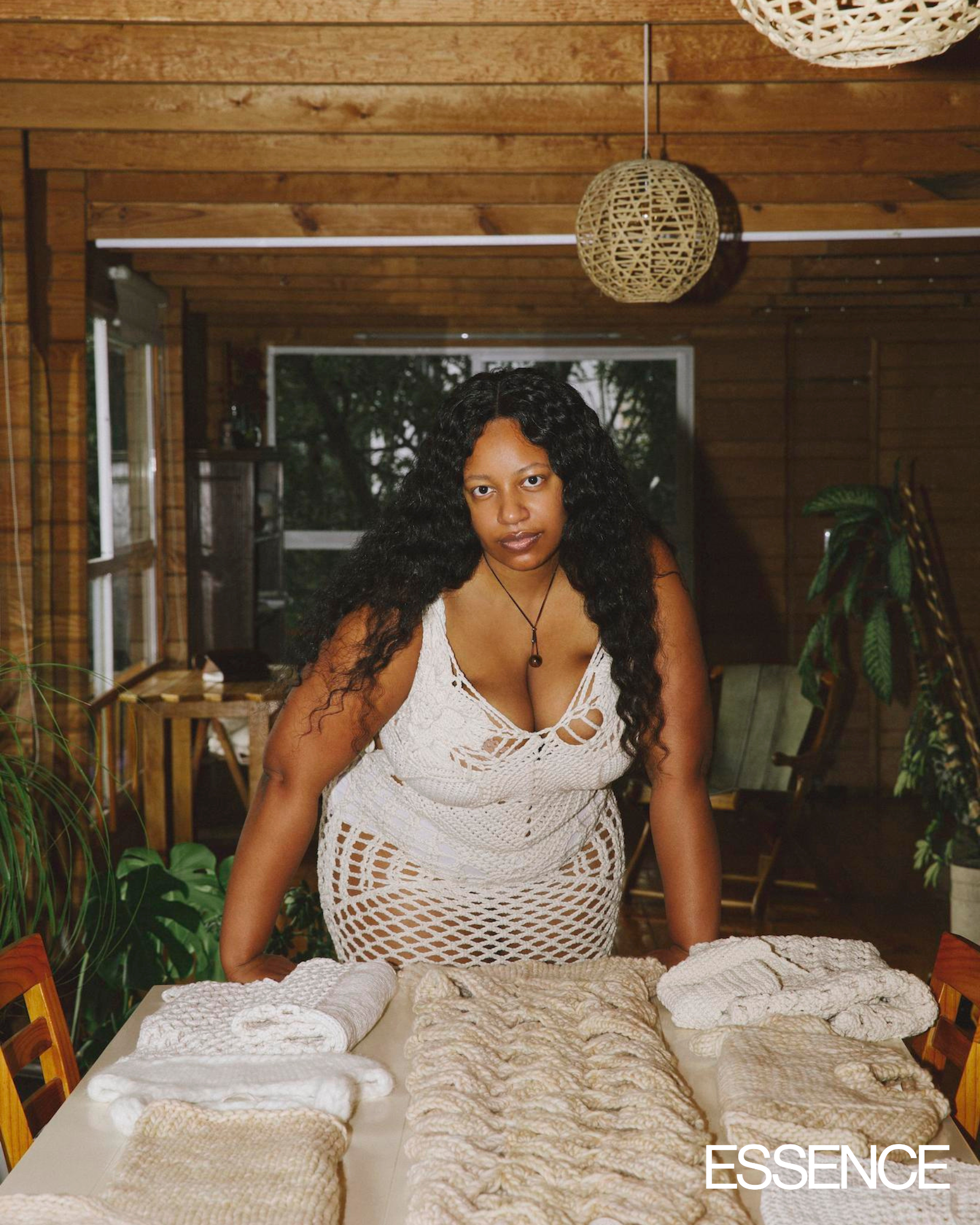
Though she remained interested in knitwear, she ultimately selected sportswear as her discipline. She reflects now that the challenges she faced at FIT showed her how much harder she’d have to push herself to accomplish her dreams. Looking back, she feels her technical background in sportswear and the courses she took did help to prepare her for the many hats she wears now. But at the time she felt stifled and forced to study a design category that she wasn’t excited about.
In 2017, upon graduating, Thomas landed an assistant designer role in sleepwear at Macy’s, where she stayed for nearly two years. There she developed the business acumen she would need as a successful entrepreneur. Working with large budgets, communicating with factories in Asia and conducting market research with competitors prepped her for what came next. By 2018, the seeds she planted during her Macy’s tenure bore fruit with her first New York City fashion presentation, which 200 people attended. The initial offerings—scrunchies, beaded necklaces and silk palazzo pants—established her brand’s presence on the competitive fashion landscape. She immediately launched her own website, and set out to leave an imprint on the industry.
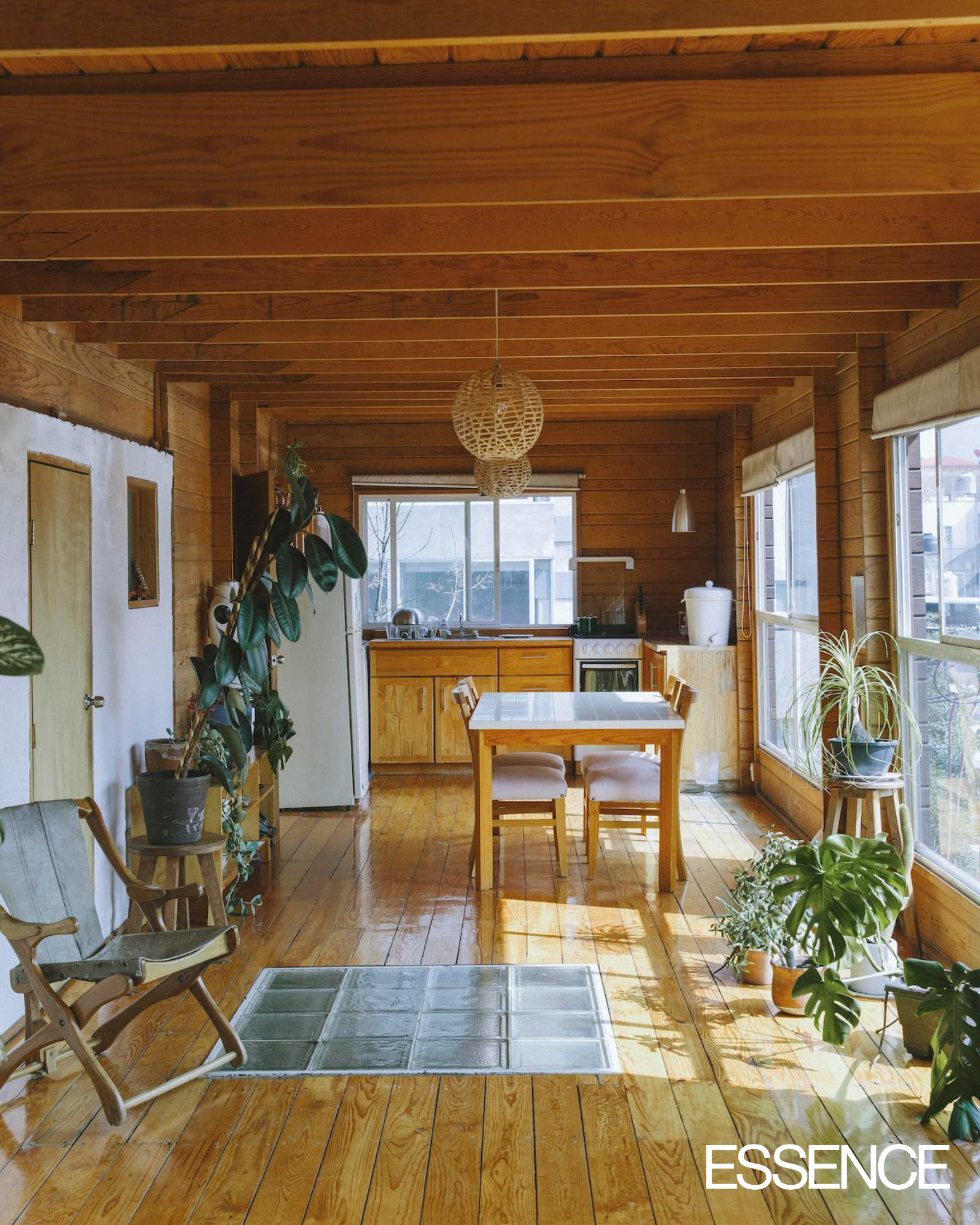
A turning point arrived in 2020. That year of global challenge also provided Thomas with an opportunity for growth. Leveraging the momentum of support for Black businesses in the aftermath of George Floyd’s death, she invested in working with a manufacturer in New York City, building her brand’s stability. This strategic move allowed her to pivot toward sustainability—a commitment reflected in her shift to creating “elevated basics,” with knits sourced from Mexico City.
In 2021, Thomas made a critical decision for her well-being and her business—she relocated to Mexico City. She says she grew tired of the Manhattan hustle. One day, when she was running the numbers on how much she was making as an entrepreneur, she thought: This cannot be my lifestyle anymore. It’s just completely unsustainable. Today, Mexico City provides her with a higher quality of life, fresh food, a thriving community of skilled female artisans and a more holistic approach to life.
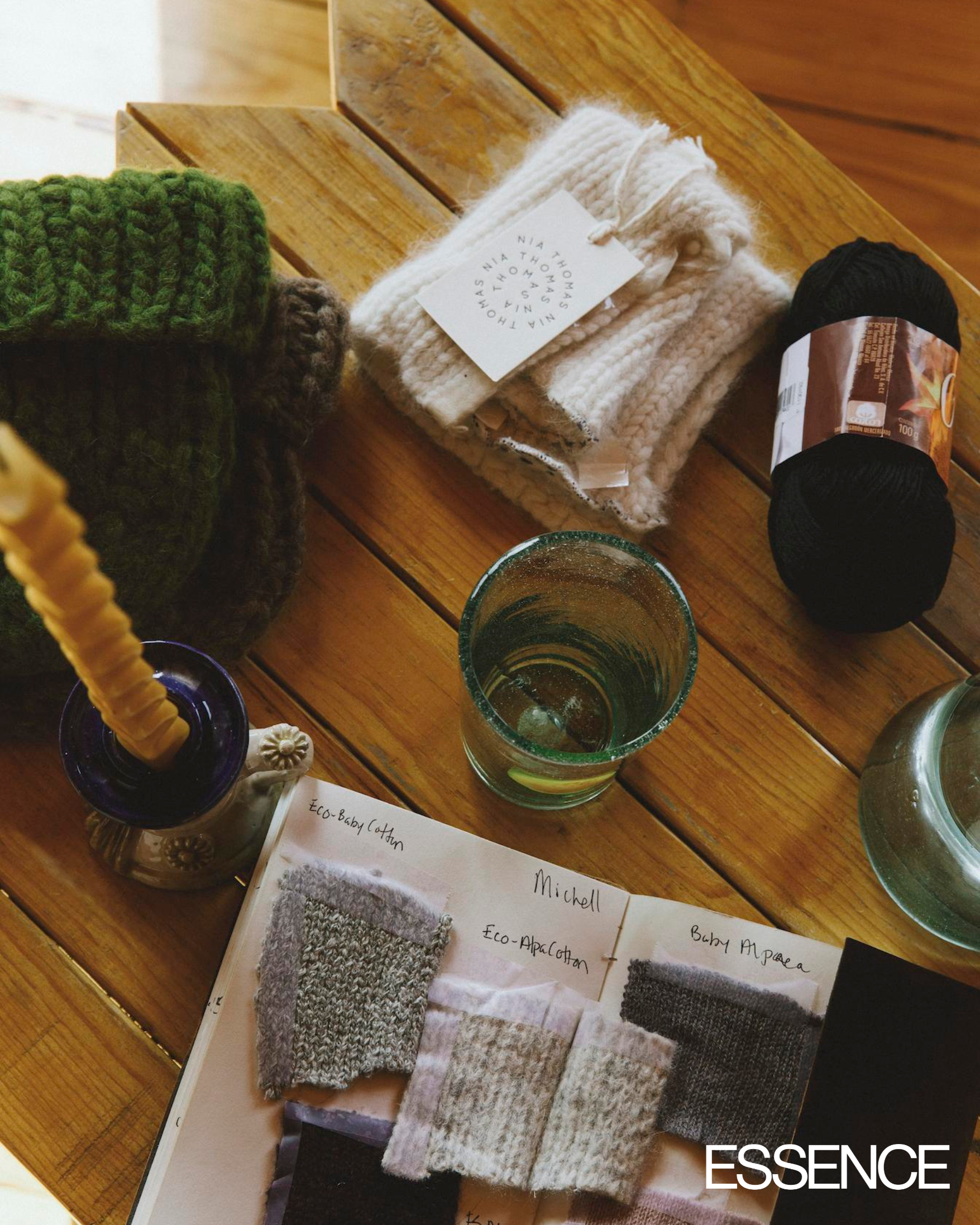
As her story unfolds, Thomas finds herself in a moment of expansion. Now that she has her dream apartment with a balcony, a supportive circle of women and a thriving business, she’s embracing personal growth and learning. “In this chapter, I’m branching into new categories with grace and with knowledge,” she says, “and I’m allowing myself to trust the people who I work with, so that I can delegate to them.” She concludes with one of the most critical lessons she’s learned: “I trust that other people are going to do an amazing job—because I cannot continue to grow if I don’t take things off of my plate.”



